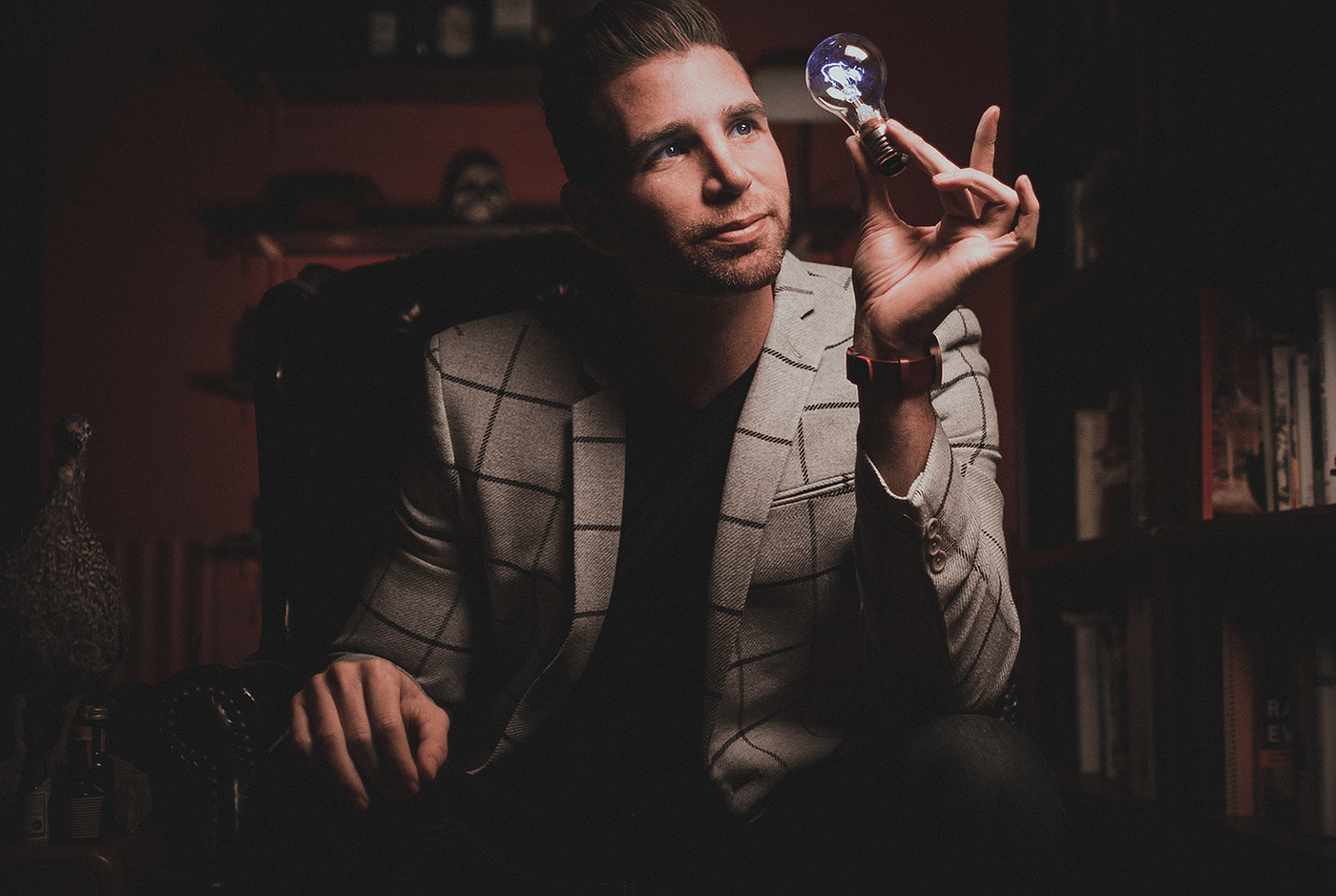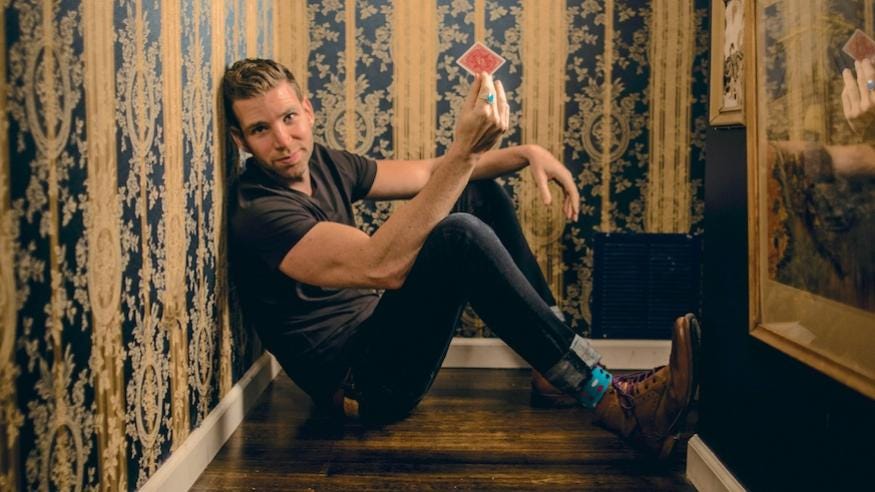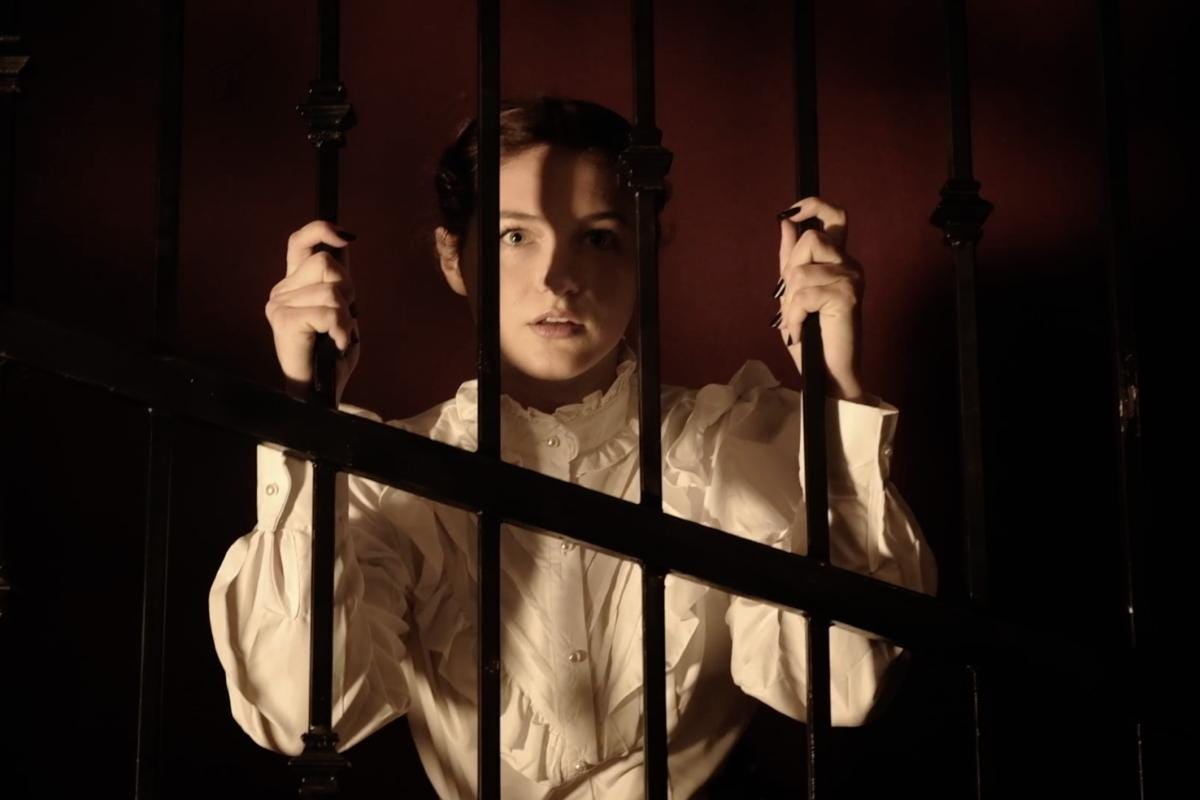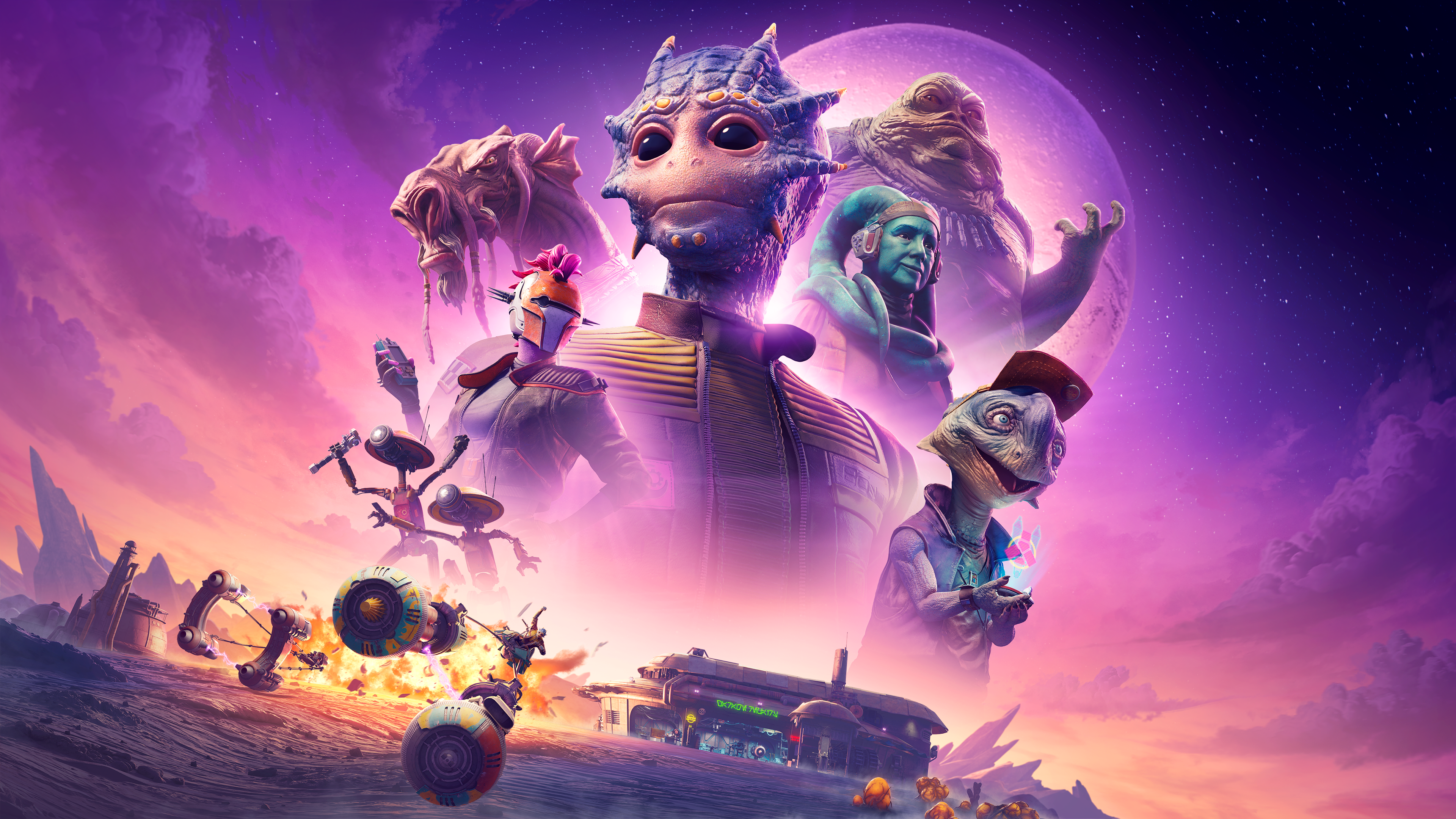
We interview the magician behind the site-specific, promenade experience ‘Six Impossible Things’
The non-traditional magic show Six Impossible Things by Joshua Jay has been wowing audiences in Chinatown since last summer; the show has been extended twice and is now coming back for a third run for spring of 2019.
Taking place at Wildrence, the intimate storytelling studio, Jay takes audiences through multiple rooms in a highly interactive experience tailored for the space. We caught up with Jay about Six Impossible Things over the magic of email.
This interview has been lightly edited for clarity.
No Proscenium (NP): Tell us a little about you and your background as a magician.
Joshua Jay (JJ): I got into magic when my dad showed me a trick at six years old and did not tell me how it was done. I was so amazed — so bewildered — that I went into my room and made charts, piles of playing cards, diagrams, and eventually…figured it out. I went back to my dad and showed him the same trick he showed me. That specific process hooked me on magic. I experienced magic, which we all know is like nothing else. But then, the act of reverse-engineering something — of problem-solving our perceptions to figure out how create an illusion, was equally exciting. It was like alchemy. And then, the biggest thrill of all was stepping through the looking glass and performing the piece right back to him. And since the age of six, that basically has been my life, trying to be in all three of those positions.
NP: What, in a nutshell, is Six Impossible Things?
JJ: It’s an experiential magic show.
NP: How did Six Impossible Things come about? Why did you want to do a magic show in non-traditional format?
JJ: I started by asking some fundamental questions about the experience of magic. What makes magic wonderful? Why are we fooled? But also, things like, what don’t we like about magic shows? What gets in the way of magic being better?
Ultimately, I decided that there are some huge obstacles that make a lot of magic feel irrelevant or out of touch or cheesy. Distance is one — I find it hard to relate to a guy the size of a pinhead. And then all the other theatrical bullshit: dancers, loud music, crazy lighting effects. Even though these things are meant to enhance the experience, for me they just get in the way. So the question is, what if we stripped all those things away? What’s left? This show is what’s left.
There are no rows of seats in the show. You’re moving through spaces, sometimes surrounding me, sometimes in the dark, touching the magic, impacting each piece in a meaningful way. We stage it for just twenty people per show, so that I can be physically close to each person, and let them see what magic looks like up close.
The other overarching question we asked is, can you experience magic with your other senses? Magic is always a visual art, but what if there were other ways to be amazed? And if you see the show, you see how we tackle that.

NP: How did you get connected with Wildrence and how did you approach tailoring a show to the Wildrence space?
I looked at a ton of venues, and I was very close to selecting a more traditional theater. But all of the other spaces wanted to discuss dates and money and financing and contracts first. I’m not kidding when I tell you that most of the contacts I met with were totally unconcerned with the content of the show. They didn’t care what went into their venue as long as there was a check coming with it. Full credit to Jae and Yvonne, owners of Wildrence. Our first meeting was great fun because they didn’t mention anything about logistics. It was all the piece, and the work, and the ways they could be involved, and they wanted to hear my vision of the show. That collaborative spirit won me over, and it’s led to a really amazing friendship and partnership in the show.
NP: How different is it to perform magic in this setting versus being on a traditional stage?
JJ: So incredibly different. I can explain it like this: my whole life I’ve referred to the audience as one “thing,” almost subconsciously. “They” were a great crowd tonight. “They” were rowdy tonight. “They” seem tired tonight.
Six Impossible Things is the first time I view the audience as twenty individuals. I can see and feel each person’s presence and what they’re bringing into the space, whether it’s cynicism or excitement, whether they’re tipsy or shy, or vocal, or quietly pensive.
I can sense it all, and working the crowd is like playing an instrument.
Get Kathryn Yu’s stories in your inbox
Join Medium for free to get updates from this writer.
SubscribeSubscribe
NP: When designing the experience, how do you cue the audience as to what’s expected of them? How do you approach audience participation, consent, safety, and trust?
JJ: It’s been the most challenging and rewarding part of the entire process. Each piece aims to do something different, and I need a person with specific traits for each particular piece to shine. For example, in a piece early in the show, I put a spectator through the process of having her finger cut off. It’s meant to be scary, edgy, and to build trust. Now, if you pick the wrong person (and this happens to me sometimes, it’s unavoidable), they won’t take it seriously. They won’t have any fear, and therefore the piece becomes silly. If I pick someone who is too shy or scared, it comes off cruel, like I’m torturing them. The sweet spot is to find someone who has some fear about what’s happening, but will allow me to build trust enough to push the examined blade through their fingers.
Another example: I recount the true story of how my parents met through a card trick. It’s a storytelling moment in the show. And with the right person, the story is really touching. But if someone isn’t in the spirit of the piece, and tries to crack a joke, then the mood can be spoiled.
There’s actually a line I wrote for the show that I love delivering, because it’s true: “You think of magic shows as something you watch the magician do. But in this show, I’m watching you right back.”
NP: Why don’t you consider Six Impossible Things to be an “immersive” show?
JJ: Because it’s still a piece I’m performing for the participants. And, there is no forced participation. It is immersive for those who want it to be, but I never over-promise. I’ve found there are a lot of people who absolutely love magic, but they want to love it from arm’s length away. I want those people to feel welcome.
I went to a terrible immersive piece some years ago that almost put me off the whole movement, because I was touched and interacted with in a way that I wasn’t comfortable with. Nothing sexual, of course, but just a step too informal and intimate for my taste. I have no interest in that.

NP: What’s been the audience reaction so far?
JJ: We’re overwhelmed every night. It’s been such a joy working on something so hard, and finding that most people get what we’re trying to do, and are into it.
NP: What’s the rationale behind never letting someone come back to the show a second time?
JJ: Surprise is such an important part of magic, and in particular, this show. And when people come back a second time, they might be amazed, they might be impressed, but what they won’t be is surprised. So I made the incalculably stupid business decision to not let people come back. But you know what? Accidentally that might have been the best marketing decision we’ve ever made. People are obsessed with that little rule, and so they tell their friends, and it’s really caught on, entirely unintended.
NP: Who is the ideal audience member for Six Impossible Things?
JJ: Anyone open-minded. The people I perceive not being into the vibe of the show are people who can’t shake the idea of a magic show being anything other than a crowd sitting in seats and a magician cracking jokes onstage. My show is unapologetically not comedy. I hope people laugh a little, but that’s not why they’re with us.
NP: What do you hope people take away from the experience?
JJ: My sincere hope is that people come away with a new experience of magic. I hope that they enjoy feeling magic in new ways, and seeing what happens when magic is presented in a non-traditional format, whether that’s storytelling, or seated, or standing, or one-on-one.
Six Impossible Things is sold out through 2018 but tickets are on sale for the March 22 — May 12, 2019 run. Tickets are $106 — $126.
Read our review of this show and listen to our interview with the founders of Wildrence.
NoPro is a labor of love made possible by our generous Patreon backers. Join them today!
This month we’d also like to thank The Johnny Carson Center for Emerging Media Arts for sponsoring our features.

In addition to the No Proscenium web site, our podcast, and our newsletters, you can find NoPro on Twitter, Facebook, YouTube, Instagram, in the Facebook community Everything Immersive, and on our Slack forum.















Discussion